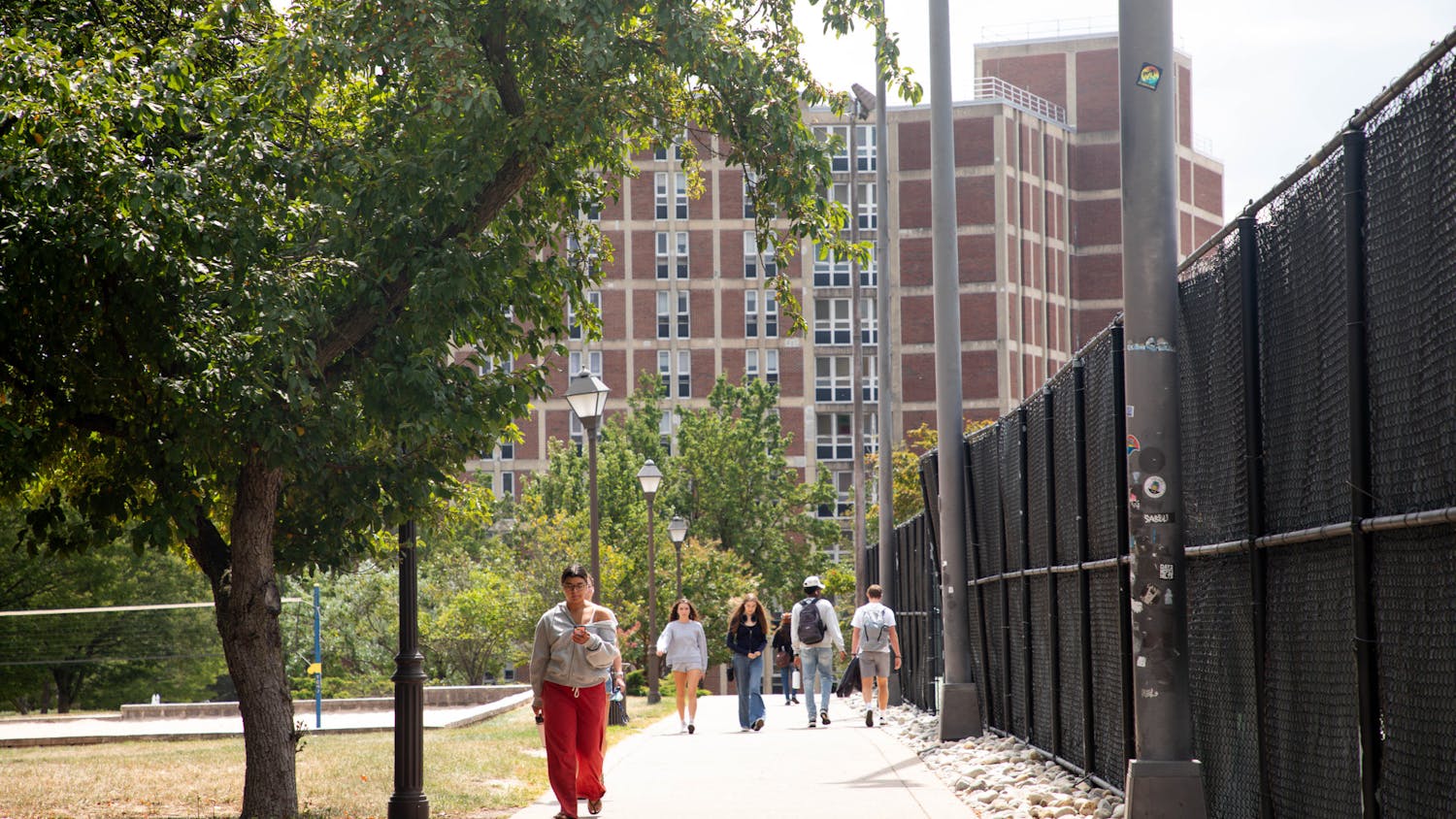By Neha Vachhani
Columnist
Climate change will always be a controversial topic of discussion. The ongoing debates about the truths behind the severity, causes and solutions of global warming will continue heatedly, but there scientific consensus has isolated a few key factors and policy suggestions.

One of the significant contributors to the planet’s increase in temperature is the emission of greenhouse gases, which absorb infrared radiation and excrete it back into the atmosphere, causing what is most commonly known as the greenhouse effect. These gases are primarily comprised of water vapor, carbon dioxide, methane and nitrous oxide.
Many people are consciously attempting to reduce their carbon footprints by simply altering a minor aspect of their lives, such as carpooling to work or recycling. However, another step the environmentally-cautious can take is to step away from beef and make the move towards chicken.

According to GRAIN, a nonprofit organization that advocates for locally produced and biodiversity-based food systems, the food we consume contributes to approximately 50 percent of total greenhouse gas emissions. The food we eat affects the climate a lot more than we are aware of, and there are easy steps to take in order to make an impactful change.
Farmers are doing their share as they improve the way they grow produce, and now it’s our turn to change the way we eat. Simply opting for chicken over beef as a meat option makes a substantial difference. In addition to cutting back on red meat, increasing your intake of fruits and vegetables is an effortless way to decrease your carbon footprint because they typically take less greenhouse gases to produce. Eating local foods is yet another way to help — it lessens the amount of emissions produced while transporting food. There are countless ways changing a minor component of your diet can help decrease the amount of greenhouse gas emissions.
There are, of course, many sides to everything, including the seemingly small changes you could make to your diet. Cutting out red meat could negatively affect anyone involved in raising and preparing cattle, and that could potentially put jobs at risk. There are nutritional risks to consider, as well. Although few would argue that eating more fruits and vegetables is harmful to your health, the decrease in red meat could lead to protein deficiencies if a balanced diet is not maintained. For people with lower incomes, it becomes increasingly difficult to afford red meat alternatives that contain the required amount of protein for a healthy diet.
Taking the many factors into consideration, it’s still easy enough to help decrease the amount of greenhouse gases that humans emit. A small sacrifice can reap substantial rewards if everyone contributes. Opting for chicken instead of beef for one meal a week is all it takes to begin reversing the detrimental effects that climate change has been causing to the planet and to all who inhabit it.







